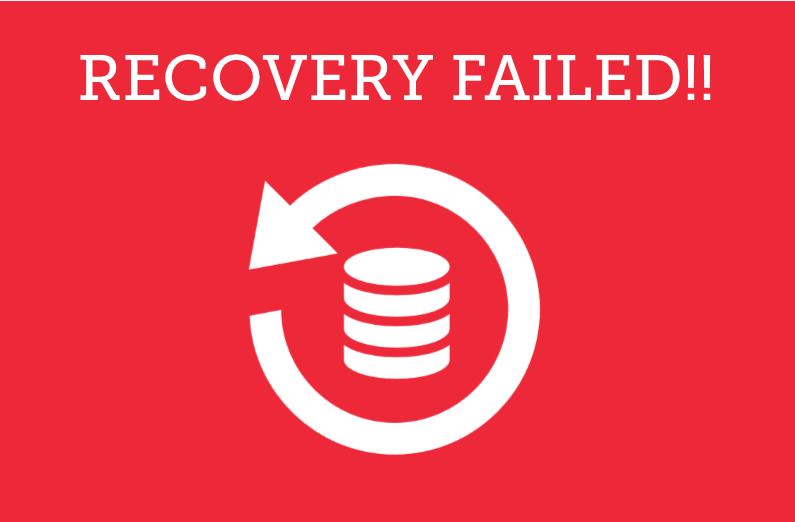Are You Adequately Testing your Backup and Recovery Plans?

Sadly, too many UK businesses fail to have adequate disaster recovery plans in place.
But, even if you have them, do you know they work? The only way to be sure is to make backup testing a regular function of your IT administration.
If the worst happens, you need to know you are going to be able to restore your files, data and applications - and fast!
This means you need to regularly back up all your data and systems, which should already be an essential part of your daily processes.
Getting Your Backups Right
The first step is to architect a solution that will meet your acceptable Recovery Time Objective (RTO) and Recovery Point Objective (RPO), i.e. that you can restore your systems and files to an acceptable point within an acceptable timeframe.
Depending on how you define your RTO and RPO, you may need to run your backup processes more regularly than once a day.
It is possible, of course, for you to automate the backup process. If you do run automated backups, you also need to ensure that you keep your backup software up to date.
We also recommend that you speak with your solution partners to discuss the tools and techniques they recommend to meet your disaster recovery needs.
Knowing Your Backups Are “Right”
It is SO important to make testing your backups a regular part of your backup processes.
The Grant McGregor team has been called in by businesses that thought they were doing everything right, but were failing to regularly test their backup processes. We've been brought in to pick up the pieces from a failure and / or to improve the way both backup AND recovery processes work.
It cannot be emphasised strongly enough that you shouldn’t wait until you need to restore your data to find out whether your backups are actually any good.
By far the best way to test backups is to run a restore.
Today’s virtualised platforms make this a much more realistic proposition that it would have been in the past. There really is no longer any good reason not to run a restore of the entire platform to test your backups - to check they will work when you need them to.
When Should I Test My Backups?
It isn’t always practical to run a test after every backup you take (though some backup systems allow you to get a confirmatory test message as a part-way solution to this), so you will need to agree some rules around when you actually perform tests of your backups.
At a minimum, this should include:
• If you’ve not done it before, do it now
• Build it into a regular cycle (e.g. once a week or once a month)
• After significant changes have been made to an application
• When data that resides in an application changes significantly
• When you add anything significant to your network (VM, Server, etc)
However, the schedule you create for your backup testing programme is really going to be as influenced by your expected RTO and RPO as much as your backup regime itself.
How Should I Test My Backups?
As already noted, today’s cloud and virtual architectures make it far easier to automate a comprehensive backup and restore programme and to check you can meet your RPO and RTO objectives.
Most of the backup tools available have an integrated testing tool, which you can use to test your backups.
However, for organisations that haven’t switched to a virtualised environment in full, you will need to implement other tools to ensure that you have effective backups across your entire production estate.
If you aren’t sure where to start with this, Grant McGregor consultants can offer advice – from its most basic, to help you map out your IT environments and assess which backup tools will be most suitable for your organisation, through to helping you develop advanced backup and testing models and assessing their impact on your licensing agreements.
You will need to consider file recovery, VM recovery, data recovery and application recovery. You may also want to consider physical and network recovery.
Most organisations will consider data and applications on servers but what about Endpoint devices such as laptops and notebooks? The chances of these being lost, stolen or damaged is high and many Execs or 'road warriors' using these devices keep at least some data locally (even if they shouldn't actually do so - but that's another matter for another article!)
It's perfectly possible to backup Office files on these devices too so that they can be recovered in the event of a lost or damaged device. Make that part of your routine for those users/devices where the risk of lost data is going to be the most painful.
There are quite a few considerations when it comes to planning, executing and testing your backup and recovery routines. But don't keep your fingers crossed or just leave it to chance!!
Do you need help with planning, implementing or testing of your backups and recovery testing?
Call us to arrange a meeting to speak with one of the Grant McGregor team and we can help you put your plans into action. Call today on 0131 603 7910 for an initial chat.
Save
Save
Save




